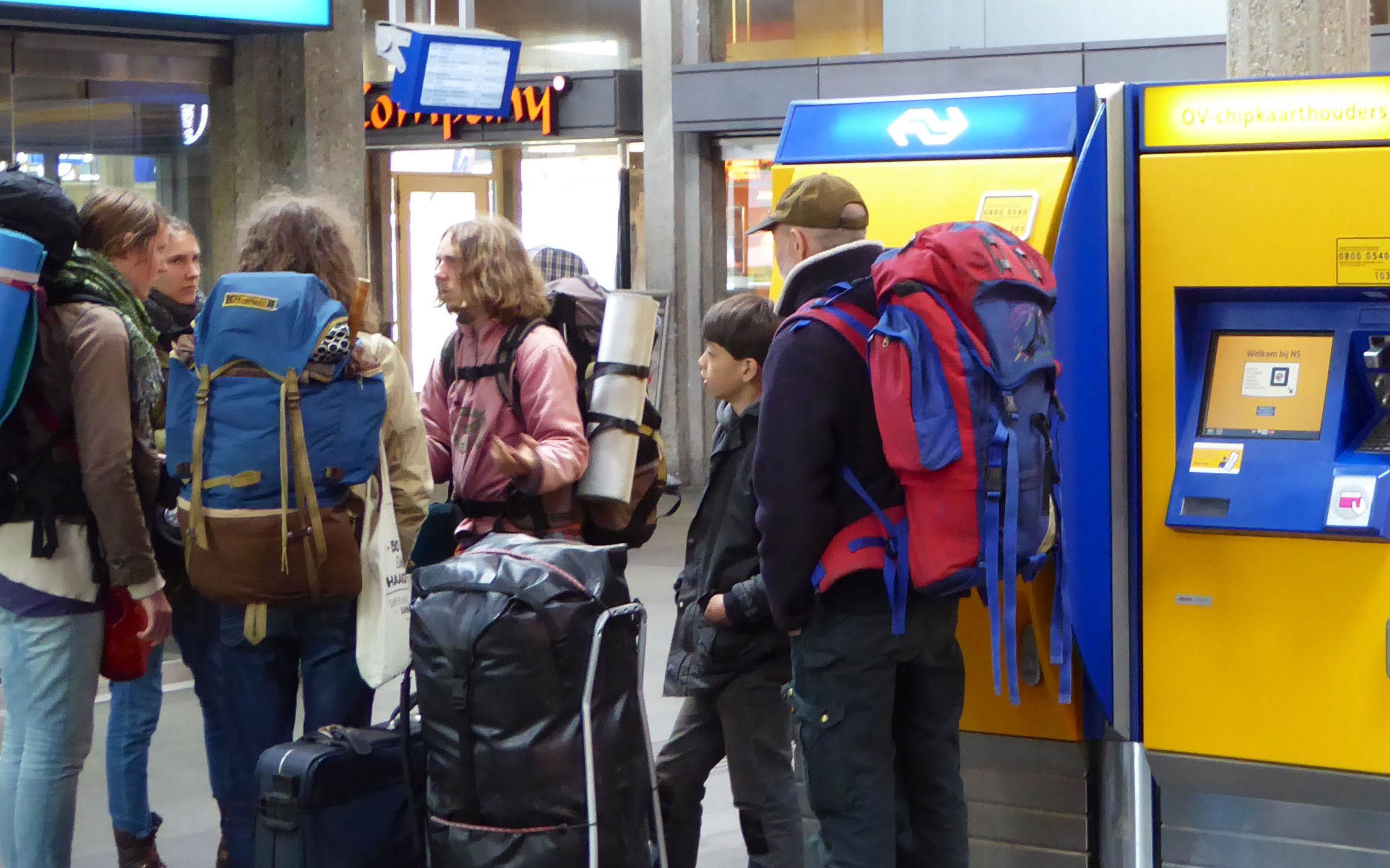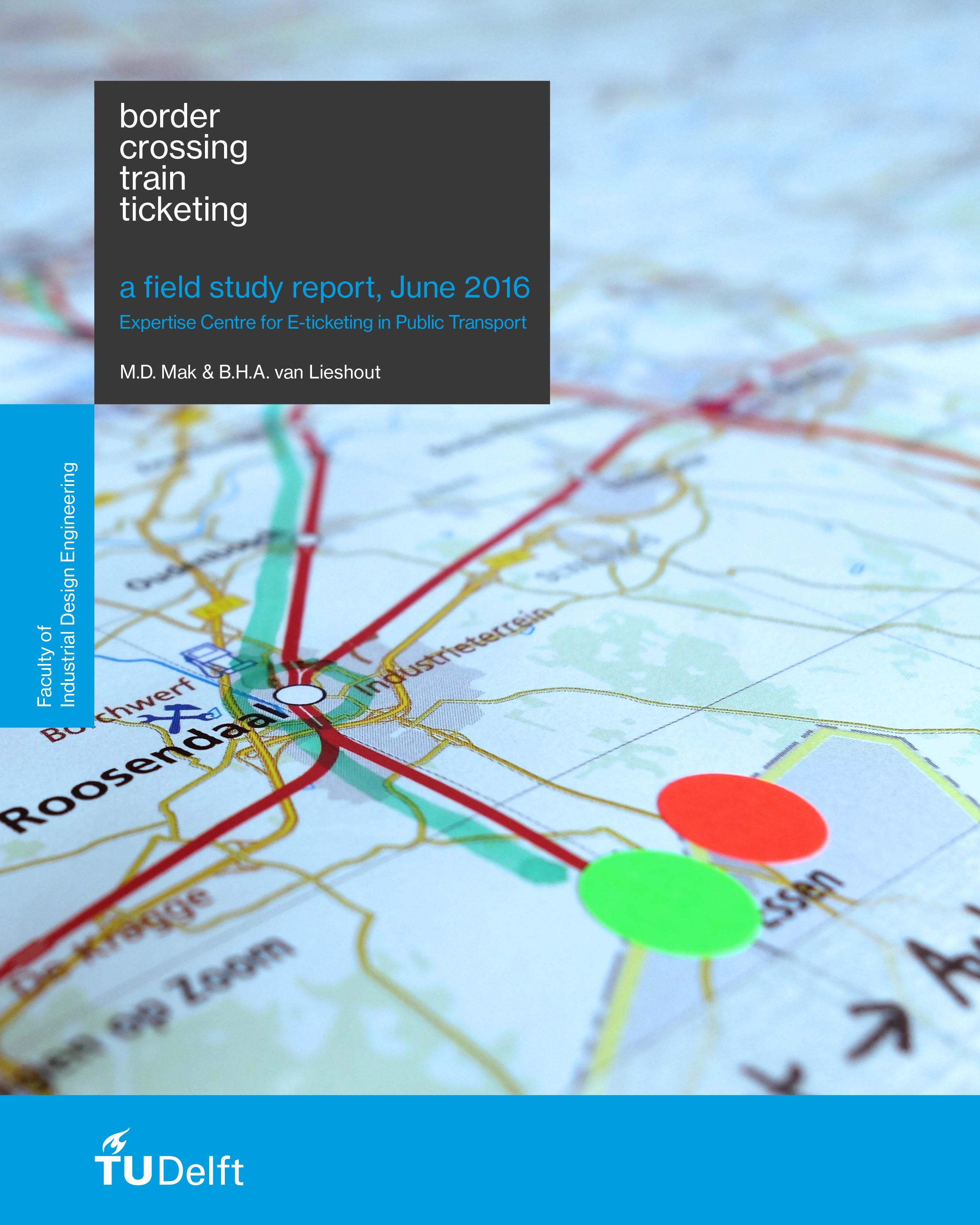Border crossing train ticketing
Border crossing train ticketing
Goal
To identify (usability) issues of international train travellers with a focus on the role of payment and ticketing.
Approach
For this study a combination of qualitative research methods was used to get a complete picture of the journey of international train travelers. Stakeholders, international travellers as well as service personnel were interviewed to know more about their needs and motivations. Observations were performed at stations and trains to study behavior and first person experiences were recorded. Next to this an analysis of complaints regarding international train tavel filed to te OV-loket was also done and all data was collected and mapped out in a customer journey.
Goal
To identify (usability) issues of international train travellers with a focus on the role of payment and ticketing.
Approach
For this study a combination of qualitative research methods was used to get a complete picture of the journey of international train travelers. Stakeholders, international travellers as well as service personnel were interviewed to know more about their needs and motivations. Observations were performed at stations and trains to study behavior and first person experiences were recorded. Next to this an analysis of complaints regarding international train tavel filed to te OV-loket was also done and all data was collected and mapped out in a customer journey.
Insights from the benchmark and field study
- Travellers have a limited understanding of ticket options due to the large variety of options, ways to buy the tickets, unclear terminology and lack of transparency of pricing. This can make travelers confused and insecure;
- Closed payment borders can form a physical barrier for travellers when entering and specifically leaving the station;
- Service personnel is often not able to help travellers due to lack of tools or knowledge;
- Delays and cancellations have a large influence on the experience of the journey, specifically delays occurring in a journey that contains a trip with reserved seating.
Recommendations
When looking at the issues that can arise for international travelers in the context of the Dutch public transit system the easiest and biggest improvement of the experience of the journey can be realised by improving communication. This will increase transparency of the system and with that the understanding and confidence of travellers in all phases of the customer journey.
- Provide pro-active information provision regarding delays and their effect on the traveller’s tickets and reservations but also on how to use the barcode at closed gates;
- Indicate more clearly which gates are equipped with a barcode reader;
- Increase the visibility and approachability of the information / SOS poles;
- Provide border crossing subscriptions for frequent international travellers (short and long haul);
- Provide suitable payment options for tickets for international travelers at all points of sales;
- Improve communication between operators, especially those operating at the same station, to be able to beter assist travelers with questions regarding their journey, tickets and reservations;
- Service personnel should represent or be able to deal with issues and questions with regard to all operators that halt at a specific station;
- Make international service desk options available at all stations, to facilitate information provision and rebooking options.



